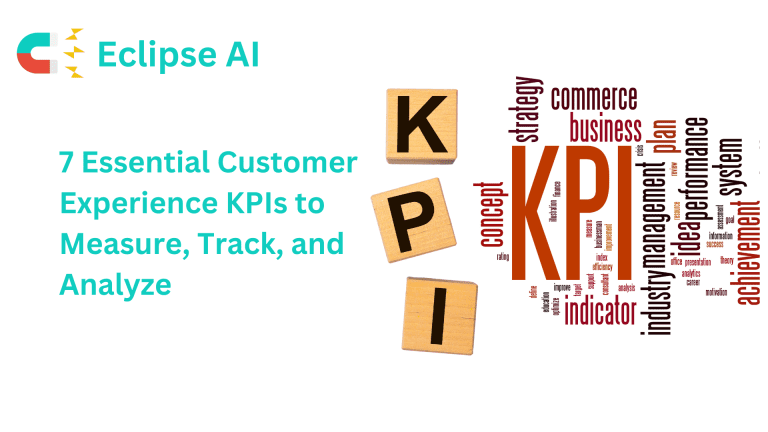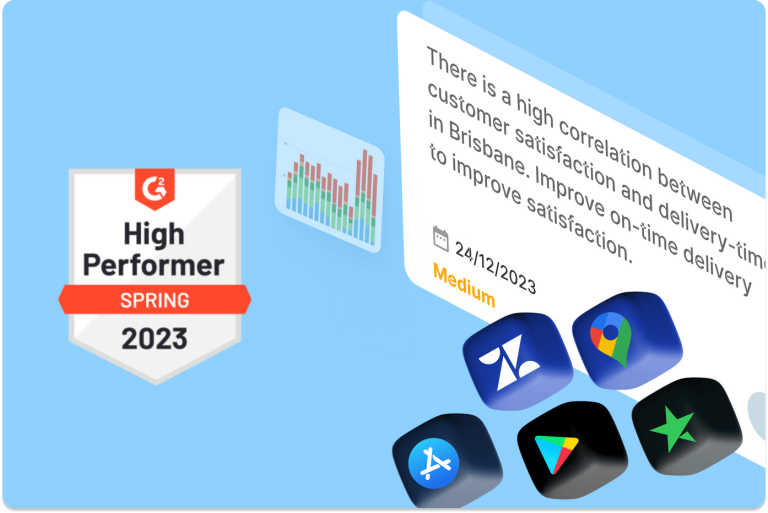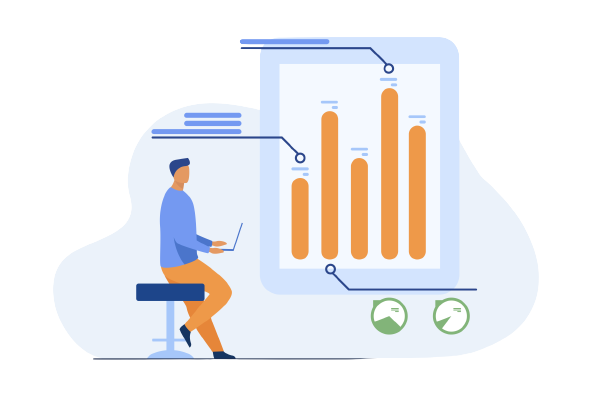
Voice of Customer Tools – The 5 Best Solutions for Capturing Customer Insights
Explore the power of Voice of Customer tools in our latest blog and learn how the right VoC solution can transform customer feedback into actionable insights, driving your business growth. Whether you’re just starting out or looking to enhance your program, discover the key to unlocking deeper customer understanding.












